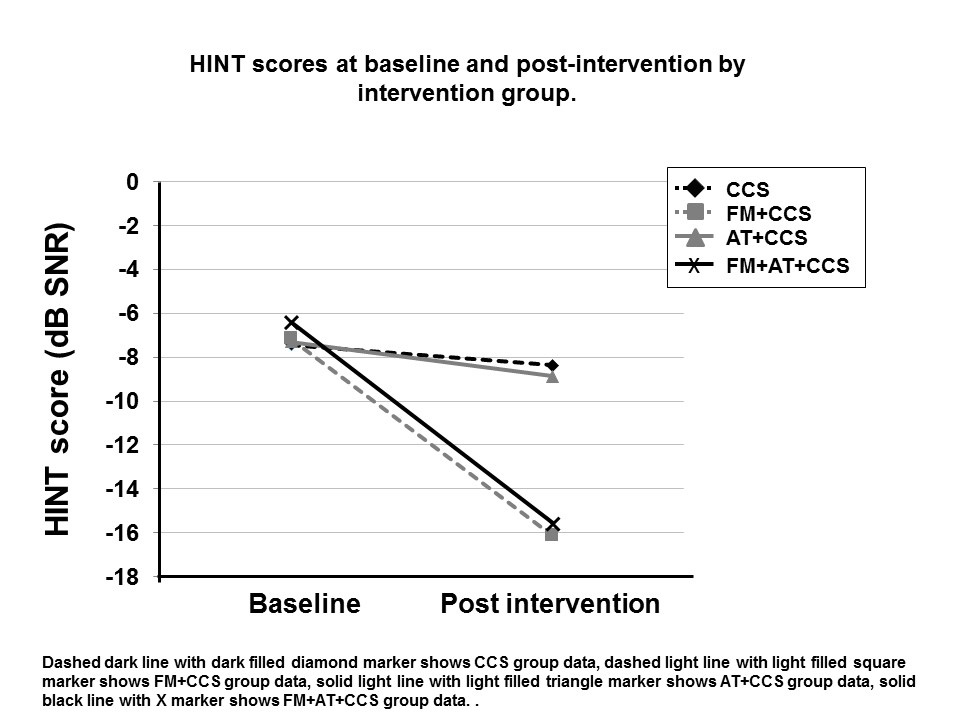Many Service members and Veterans who have been exposed to blast-related events demonstrate deficits on various test measures including those measuring speech understanding in noisy environments, binaural processing, temporal resolution, and speech segregation, which suggests a vulnerability of the central auditory system to blast exposure. These blasts-exposed Veterans often have normal or near-normal peripheral hearing but seek help for their hearing-related difficulties leaving clinicians unsure of an appropriate approach to clinical management. Researchers at the National Center for Rehabilitative Auditory Research compared the effectiveness of communication strategies (CCS) education, use of a personal frequency modulation (FM) system, and use of an auditory training (AT) program for improving behavioral and self-reported hearing difficulties in a population of blast-exposed Veterans. The goal was not to cure the auditory processing disorder, but rather to aid the Veterans in developing strategies that minimize disability and maximize communication.
In the study, 99 blast-exposed Veterans with normal peripheral hearing who reported hearing difficulties were randomized into one of four intervention groups:
Following the eight week intervention period, changes in speech understanding in noisy environments were assessed using the Hearing-In-Noise test (HINT), and alterations in self-reported psychosocial impacts of the intervention were assessed using the Psychosocial Impact of Assistive Devices Scale (PIADS).
Findings showed that that use of the FM system alone and in combination with AT significantly improved the Veteran's ability to understand speech in a noisy environment based on the HINT performance. Although groups that used the FM system had slightly better scores on the PIADs, the results were not statistically significant, suggesting that the use of the FM system had only subtle effects on psychosocial outcomes for the 8-week study period. The authors postulate that longer term use of the FM system might realize improvements in psychosocial outcomes; however, additional research is needed to test this hypothesis.
The authors main conclusion was that the use of the FM system was an effective intervention for blast-exposed Veterans with normal or near-normal hearing who experience functional hearing difficulties and suggest that this intervention (or a blue tooth equivalent) be routinely considered for this population. Therapeutic interventions that address blast-induced communication deficits, such as an FM system, are critical to assist Service members in performing their duties, integrating back in to civilian society, and improving their quality of life.

Saunders GH, Frederick MT, Arnold ML, Silverman SC, Chisolm TH, Myers PJ. (2018). A Randomized Controlled Trial to Evaluate Approaches to Auditory Rehabilitation for Blast-Exposed Veterans with Normal or Near-Normal Hearing Who Report Hearing Problems in Difficult Listening Situations. J Am Acad Audiol 29:44–62. DOI: 10.3766/jaaa.16143.
Your 15 minute session will timeout in approximately 10 minutes.
If you're in the middle of entering information, please close this warning and save your progress (if possible) or finish up your task.
If your session fully times out, you will lose any un-saved work.
Your current Blast Injury Research Program session has expired.
Your next click will take you away from the private area, and you will lose any work you have in-progress.
Please enter your email address, and try again.